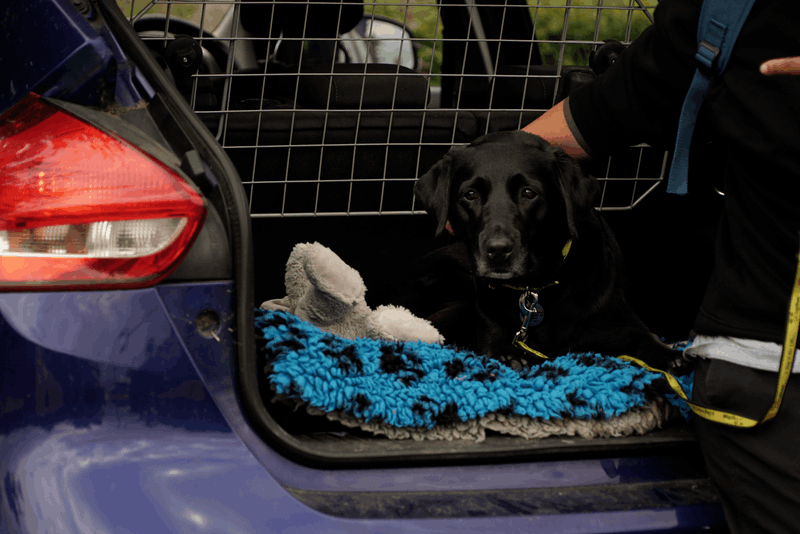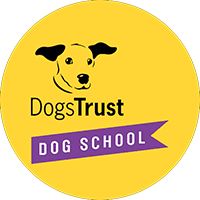Why is it important to support my dog through life changes?
Many dogs like to have a routine and are used to the same things happening at the same time each day. A routine can help dogs to predict events, which is so important for their wellbeing and helps to avoid them feeling anxious. If this routine is likely to change, it is important that we allow time to help our dogs prepare for this. For example, your dog may need a little support when there is a change in routine, such as a new family member, moving home or upcoming celebrations.
Similarly, dogs may be confident in a known environment, like your home, but it can be confusing and worrying for a dog if this environment changes suddenly. House moves, putting up decorations for celebrations such as Christmas, or a new baby can mean lots of environmental changes for your dog to adjust to. The earlier you start preparing your dog, the more time they’ll have to adjust to new sights, sounds and smells. You’ll also be able to go at your dog’s pace, which is important for their confidence.
Think about the situations you’re likely to experience with your dog, and gradually introduce these, ready for when these happen in real life. Always use rewards your dog enjoys and make sure you go slowly so your dog has plenty of time to learn, practice and get things right at every stage. You can build up positive associations by rewarding your dog for calm behaviour with treats, chews, a game or fuss. Setting your dog up for success will ensure you can enjoy all life’s events together and minimise the likelihood of problems arising later down the line.
How to introduce your dog to a new baby
As you can’t explain to your dog that you’re expecting a baby, it’s best to prepare them for the new addition to your family, helping them to adjust to the unusual baby sounds and smells and the new way of life.
A new baby in the family will mean a new routine for everyone, including your dog. They might not get the same attention as they did before, there might not be the same long dog walks and they may possibly need to be left on their own for longer.
The house will have lots of new things which may unsettle your dog –prams, cots and blankets, as well as unfamiliar noises and smells, and possibly lots of visitors as well.
The more you can do to help your dog adapt in the lead up to the new arrival will support them to settle into the new way of life, and it will help them feel like they’re still an important part of the family!


